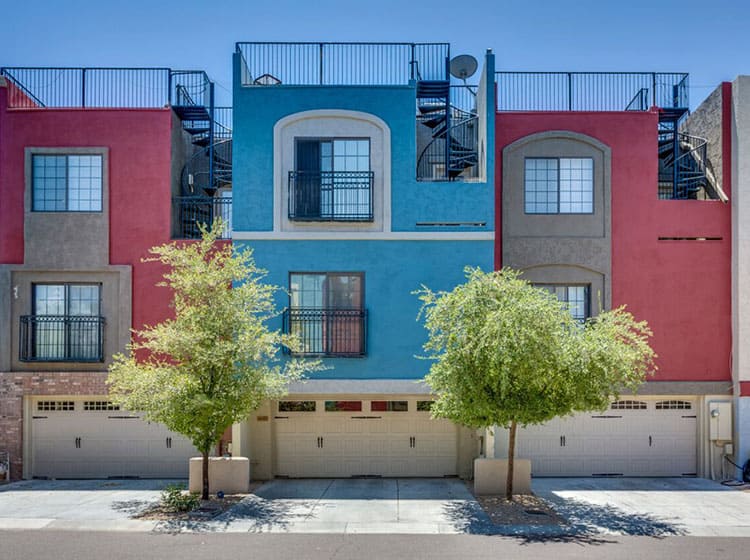When it involves reducing costs, several overlook the function of industrial painting in energy effectiveness. By picking lighter tones, you can reflect sunshine, keeping your room cooler and decreasing a/c demands. However that's simply the start. There are other variables to think about that not only impact your power expenses but additionally improve your workplace setting. Curious concerning exactly how these choices can result in long-term cost savings? https://cabinetpaintersnearme43198.smblogsites.com/36400948/uncover-how-domestic-paint-can-rejuvenate-your-home-s-aesthetic-and-increase-its-value-triggering-your-passion-in-the-very-best-shade-choices-and-application-strategies 's explore better.
The Effect of Color on Energy Performance
Color plays an important role in energy effectiveness, influencing how buildings absorb and mirror warmth. When you pick lighter tones for your exterior, you're helping your building reflect sunlight, which can keep indoor spaces cooler. This indicates much less dependence on air conditioning and reduced energy expenses.
On the other hand, darker shades absorb more warmth, potentially enhancing air conditioning costs. By choosing the right shade scheme for your business home, you can enhance its energy efficiency. Not only does this minimize energy usage, however it additionally contributes to a more sustainable environment.
Choosing the Right Materials for Insulation
When enhancing your building's energy effectiveness, picking the best insulation products is just as crucial as selecting the appropriate colors. https://thehill.com/blogs/in-the-know/3547356-norman-rockwell-paintings-being-removed-from-the-white-house-report/ helps preserve a consistent interior temperature level, decreasing your heating and cooling demands.
Search for products like fiberglass, foam, or cellulose, which provide outstanding thermal resistance.
Take into consideration the R-value, or the material's shielding effectiveness; higher worths mean much better insulation. In addition, think about moisture resistance to prevent mold and mildew and mildew growth.
You'll likewise want to ensure correct installment to take full advantage of performance.
Creating a Comfortable Work Environment Through Design
Creating a comfy work environment depends upon thoughtful design selections that prioritize employee health and performance.
Beginning by picking colors that promote calmness and emphasis, like soft blues or environment-friendlies. Integrate all-natural light to boost state of mind and energy degrees; it's verified to boost morale.
Ergonomic furnishings is essential, making certain workers can function conveniently without strain. Don't ignore noise control-- acoustic panels can lessen diversions.
Including plants not just enhances air quality yet also creates an extra welcoming ambience.
Ultimately, take into consideration the design of your room; an open design encourages collaboration while personal areas provide necessary quiet time.
Final thought
In conclusion, business paint can certainly save you money on energy bills. By choosing lighter colors that show sunlight and improve insulation, you'll produce an extra comfy work environment while reducing cooling expenses. Purchasing energy-efficient paint not just benefits your budget plan however additionally boosts worker performance and morale. So, if you're aiming to improve your office and conserve money, think about giving your commercial space a fresh layer of paint with power effectiveness in mind!
